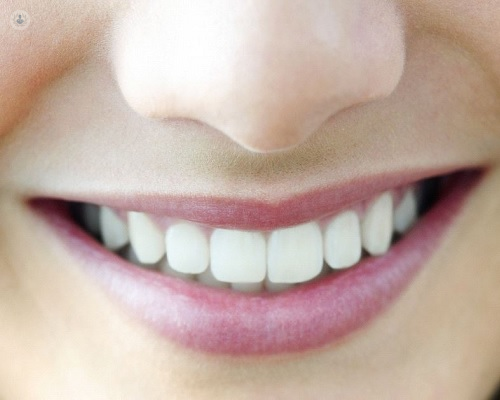The orthognathic surgery
Written by:Orthognathic surgery is a branch of the specialty of maxillofacial surgery that is combined with orthodontics to correct severe facial and maxillary malformations.
Normally, facial deformities appear when one or more of the bones that make up the face present an abnormal growth, either by excess or by defect, giving rise to possible facial asymmetries and dental malocclusions that affect the chewing function and can even cause muscle aches and pains. joint

Orthognathic surgery is indicated for adult patients , who have finished the growth completely, with severe skeletal problems that prevent a correct masticatory function or who are concerned about their facial aesthetic appearance. And the treatment must be done by a qualified orthodontist: who has experience and is specialized in treating this type of dental malocclusion.
The treatment begins with a first visit that aims to perform a clinical examination, clinical records are also taken (x-rays, photographs, facial measurements and models) through computer programs allow the orthodontist to study in depth the problems presented by the patient and get to a diagnosis. From there, the necessary treatment for dental , skeletal and facial correction is planned together with the surgeon.
The patient is then presented with the treatment proposal describing the aesthetic and functional objectives , the type and sequence of devices to be used, the surgical movements that will be performed at the time of surgery ... and, of course, the doubts that are resolved have the patient regarding the pre and post surgery treatment.
During the orthodontic preparation the orthodontist places the teeth in a predetermined position so that during the surgery the bone structures to be treated are mobilized until the teeth close correctly, in order to achieve a good chewing function and a correct facial and dental aesthetics providing a nice smile .
The advances in orthodontic appliances that currently exist allow us to perform invisible orthodontic treatments with lingual braces, even in patients who require orthognathic surgery .
After a short postoperative period (usually 24 hours) the patient returns home and initiates the feeding, hygiene and pharmacological protocol prescribed by the surgeon.. In a few days (usually between 10 and 15 days) the patient resumes his routine. No pain is suffered, patients only have some discomfort from the inflammation of the tissues that is treated with anti-inflammatories.
On the same day that the patient is discharged and returns home, he or she must visit the orthodontist to initiate the appropriate adjustments with elastics and, subsequently, the finishing details.. Normally the devices usually withdraw after 6 months after surgery. Once the devices are removed, the retention is placed to maintain and stabilize its new position.


